If you’ve ever taken a road trip across the United States, you’ve likely encountered a variety of wildlife. From the majestic bald eagle soaring through the skies to the curious deer peeking through the trees, America’s fauna is as diverse as its landscapes. However, beyond the ordinary, the U.S. is home to some truly peculiar creatures that even seasoned biologists find baffling. These animals not only defy explanation but also spark our curiosity and wonder about nature’s creativity.
1. The Elusive Ivory-billed Woodpecker
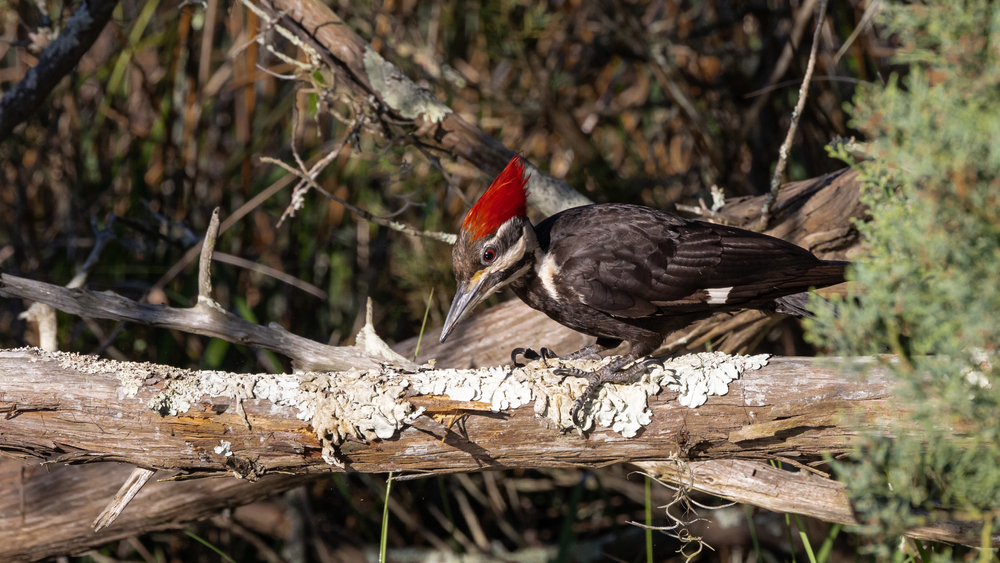
The ivory-billed woodpecker is a bird that has captured the imagination of ornithologists and bird enthusiasts alike, mainly because of its ghostly reputation. It was believed to be extinct until a controversial sighting in Arkansas in 2004 reignited hopes of its survival. This large woodpecker, with its striking black and white plumage and ivory-colored bill, was once a common sight in the southeastern U.S. swamp forests. Its rapid drumming and loud calls were characteristic of the species, making it a beloved symbol of the American wilderness.
According to the American Bird Conservancy, despite the excitement surrounding its possible rediscovery, the ivory-billed woodpecker remains one of the most elusive birds in North America. Its habitat has been severely reduced due to deforestation, and confirmed sightings are still incredibly rare. Conservationists continue to search for this bird in the hope that it could lead to greater efforts to restore its natural habitat. The story of the ivory-billed woodpecker serves as a poignant reminder of the delicate balance between nature and human progress, and why every effort must be made to protect our planet’s biodiversity.
2. Axolotl: The Smiling Salamander
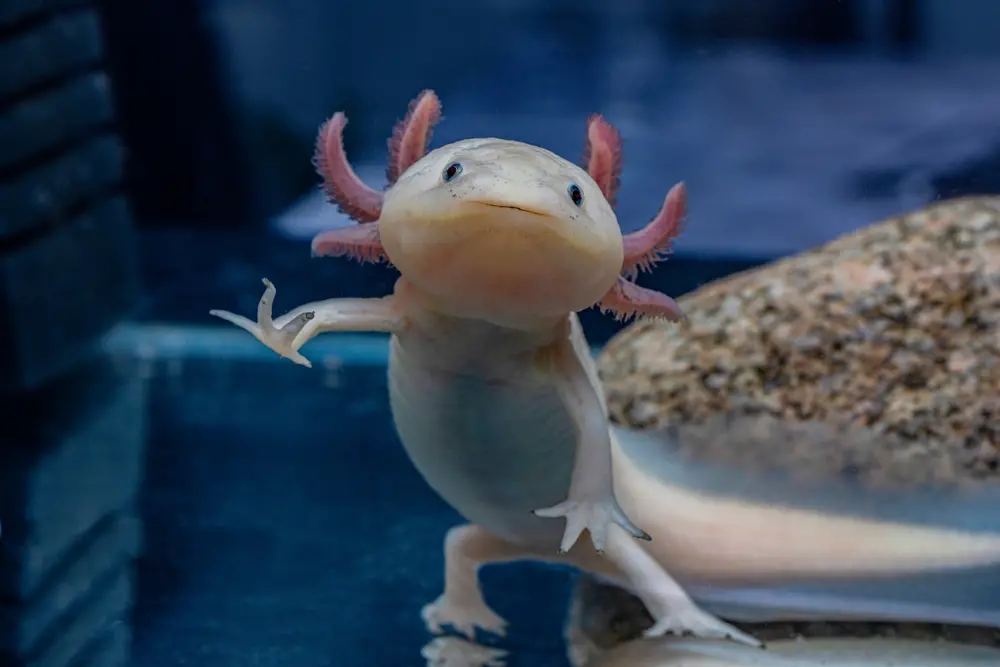
The axolotl, a neotenic salamander native to Mexico, has made its way into the hearts of many Americans, especially those interested in exotic pets. With its permanently smiling face and feathery external gills, it looks more like a creature from a fantasy novel than a real-life amphibian. What makes the axolotl truly fascinating is its incredible regenerative abilities. According to National Geographic, it can regrow not just its tail or legs, but even parts of its heart and brain. This has made it a subject of intense scientific study, especially in the field of regenerative medicine.
Despite their popularity in the pet trade, axolotls are critically endangered in the wild. Their natural habitat, the lakes and canals of Mexico City, has been largely destroyed or polluted. Conservation efforts are underway to try and restore these habitats, but the axolotl’s future remains uncertain. Interestingly, their continued survival in captivity could hold the key to medical breakthroughs for humans, making their preservation all the more critical. So, the next time you see a smiling axolotl, you’re not just looking at a cute pet, but a symbol of hope for medical science.
3. The Mysterious Narwhal of the North
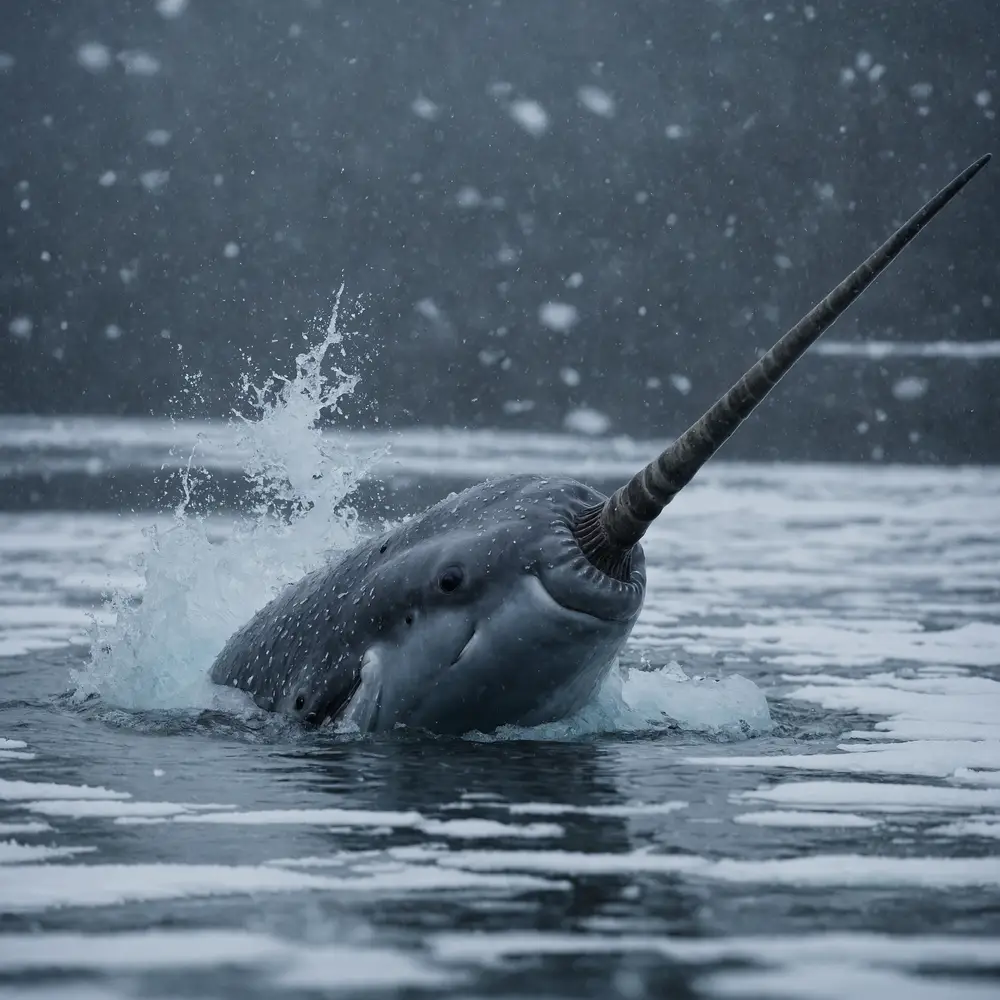
While not typically considered an American animal, the narwhal is often spotted in the waters off the coast of Alaska, making it a part of the North American marine ecosystem. Known as the “unicorn of the sea,” the narwhal boasts a long, spiral tusk that has puzzled scientists for centuries, according to Arctic Wildlife Knowledge. For a long time, the purpose of this tusk was shrouded in mystery, with theories ranging from a tool for breaking ice to a weapon for fighting. However, research has shown that the tusk is actually a sensory organ, highly sensitive to changes in the environment.
The narwhal’s elusive nature makes it difficult to study, adding to its enigmatic allure. They spend most of their lives hidden under Arctic ice, surfacing only occasionally to breathe. This has made accurate population estimates challenging, although it is known that climate change poses a significant threat to their habitat. The Inuit people have long revered the narwhal, and their traditional knowledge contributes greatly to our understanding of this enigmatic creature. If you ever find yourself in Alaska, keep an eye on the icy waters; a narwhal sighting is rare, but it’s an experience you’ll never forget.
4. The Armored Armadillo: Nature’s Little Tank
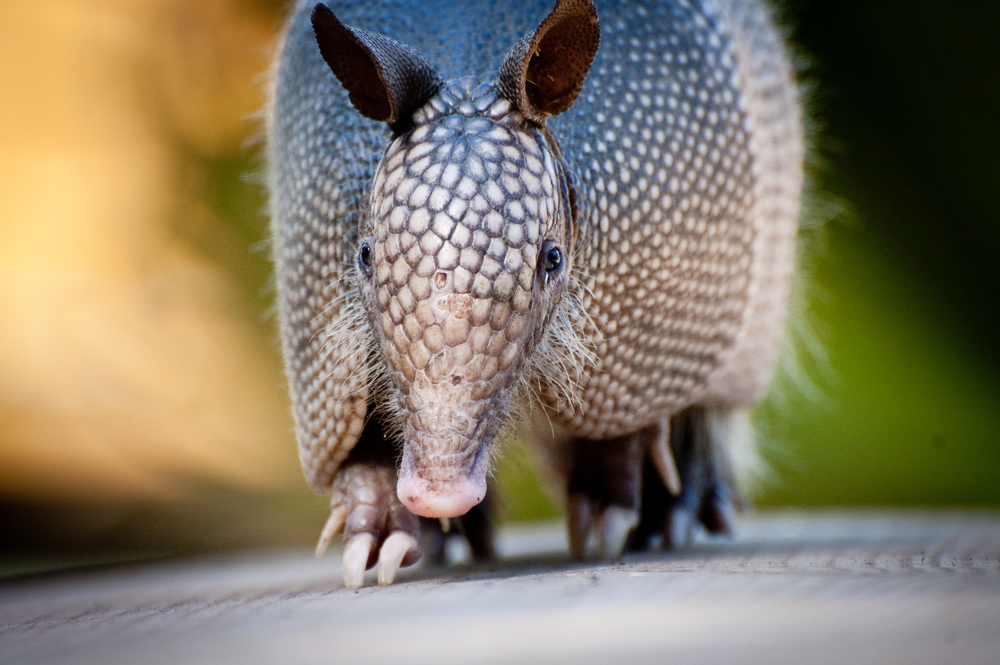
When you think of armor, knights in shining suits may come to mind, but nature has its own version in the form of the armadillo. These small, armored mammals are found primarily in the southern United States, and they are nothing short of biological wonders. Their name, which means “little armored one” in Spanish, perfectly describes their unique appearance. Unlike most mammals, armadillos have a hard shell made of bony plates that protect them from predators.
Armadillos are also notable for their peculiar behaviors and characteristics. For instance, some species can roll into a ball to shield themselves completely, while others can hold their breath for up to six minutes, allowing them to walk underwater. This oddity makes them exceptional swimmers, using their buoyancy to float across rivers. Their diet of insects and small invertebrates helps control pest populations, making them an important part of their ecosystem. While they may not be the cuddliest of creatures, armadillos certainly earn their place as one of America’s strangest animals.
5. The Peculiar Platypus: An Egg-Laying Mammal
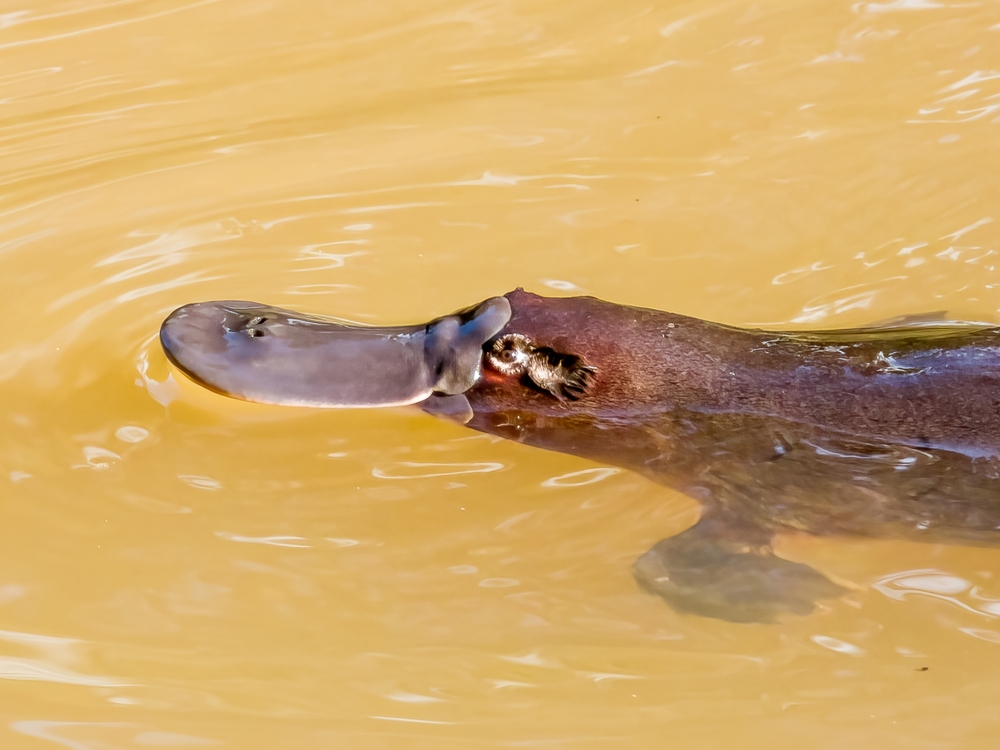
Okay, maybe we’re bending the rules a bit here, considering the platypus is native to Australia, but it has become so iconic that it deserves a mention. This peculiar creature appears to be a hodgepodge of various animals – it has the bill of a duck, the tail of a beaver, and the webbed feet of an otter. Yet, despite its strange appearance, the platypus is a mammal, albeit a very unusual one. It is one of the few mammals that lay eggs, a trait that has perplexed scientists since its discovery.
The platypus holds another unique distinction: it is one of the few venomous mammals. The males have spurs on their hind legs that can deliver a painful venom, making them a creature to approach with caution. Their hunting technique is equally fascinating, using electrolocation to detect the electric fields generated by their prey. This makes them highly efficient hunters in their aquatic habitats. Although they don’t reside in the U.S., the platypus remains a creature that sparks curiosity and wonder among animal enthusiasts worldwide.
6. The Alaskan Wood Frog: Nature’s Popsicle
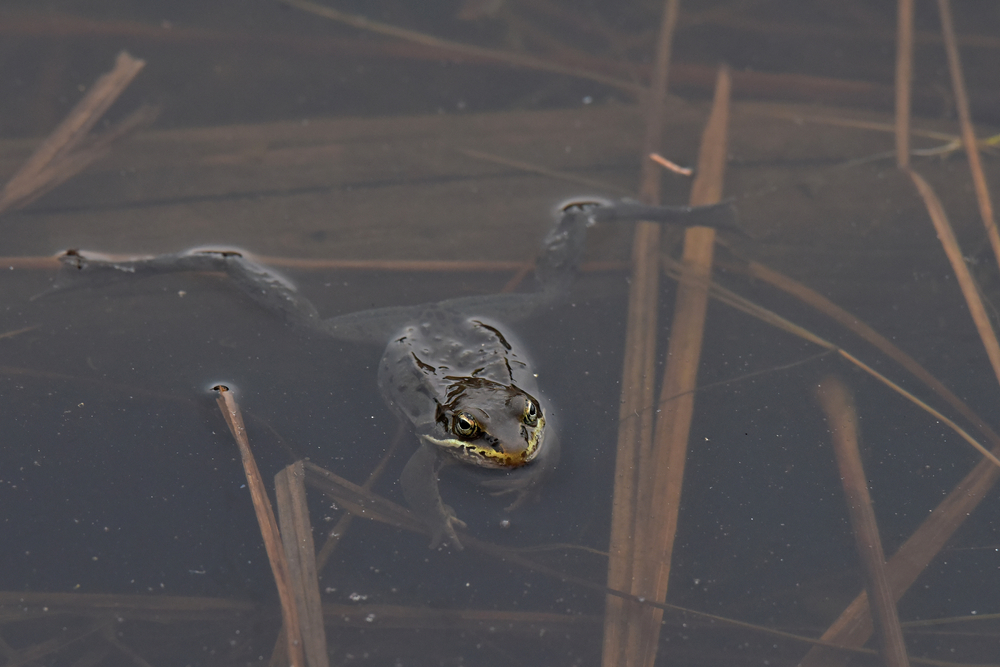
Imagine being able to freeze solid and then thaw out perfectly fine – this is the extraordinary life of the Alaskan wood frog. During the harsh winter months, these frogs enter a state of suspended animation, allowing them to survive being nearly frozen. They achieve this by allowing ice to form in their body cavities while their vital organs remain unfrozen. As temperatures rise, the frogs thaw out and resume their normal activities, seemingly unfazed by their icy ordeal.
The Alaskan wood frog’s remarkable ability to withstand freezing temperatures has captured the interest of scientists. Understanding their natural antifreeze mechanisms could have significant implications for medical science, particularly in organ preservation and cryogenics. Despite their incredible adaptability, these frogs face challenges from changing climates, which can disrupt their natural hibernation cycles. Protecting their habitats is crucial to ensuring that these natural wonders continue to fascinate us for generations to come. Next time you find yourself shivering in the cold, take a moment to appreciate the incredible resilience of the Alaskan wood frog.
7. The Ghostly Transparent Cave Fish
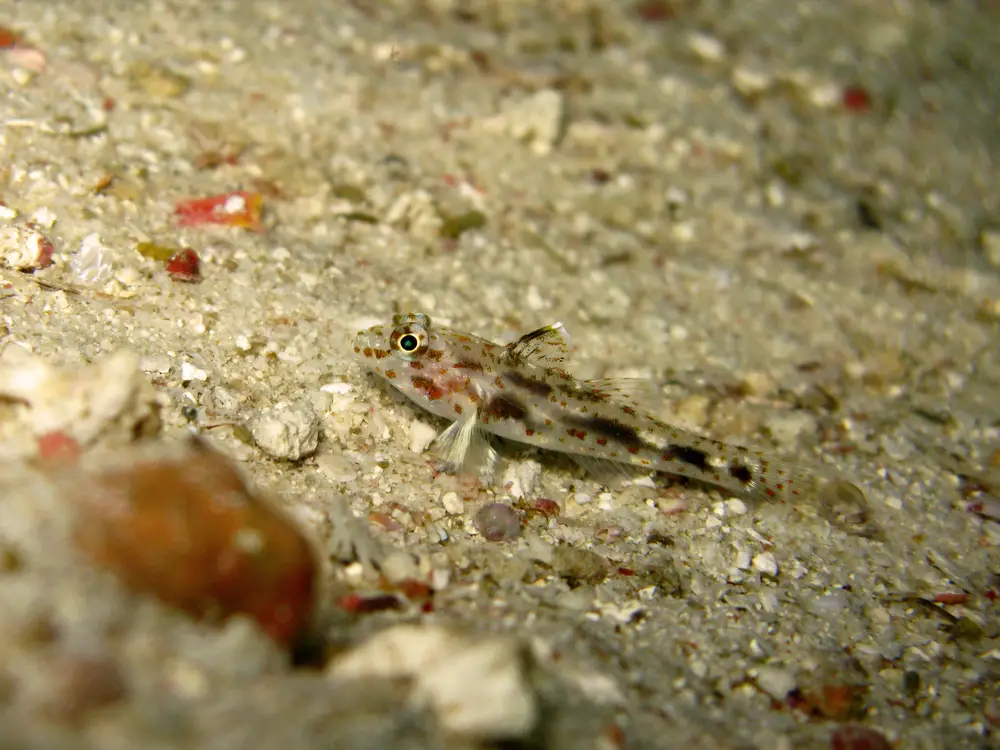
Deep within the dark, subterranean caves of America lives a creature straight out of a science fiction movie – the transparent cave fish. These fascinating fish have adapted to life in complete darkness, losing their pigmentation and, in many cases, their eyesight. Their bodies are almost entirely transparent, allowing you to see their organs, which makes them a marvel to observe.
The cave fish’s unique adaptations are a result of thousands of years of evolution in isolated, lightless environments. With no need for vision, they have developed other heightened senses to navigate and locate food. These include an acute sense of smell and the ability to detect vibrations in the water. Researchers study these fish to understand evolutionary biology and the processes of natural selection in extreme environments. Despite their eerie appearance, these fish are a testament to the incredible adaptability of life on Earth.
8. The Flightless Cormorant: A Bird that Forgot to Fly

Native to the Galápagos Islands, the flightless cormorant is another animal that has made its mark on American shores, especially in zoos and bird sanctuaries. Unlike its airborne relatives, this cormorant has lost the ability to fly, trading its wings for enhanced swimming skills. Its small, stubby wings are unsuitable for flight, but perfect for propelling it through water in pursuit of fish.
The flightless cormorant’s evolution is a fascinating example of adaptive specialization. Isolated from predators on its island home, the need to fly diminished, allowing the bird to evolve into an adept swimmer. Conservation efforts are in place to protect this unique species, which is vulnerable to environmental changes and introduced predators. Their story is a reminder of how quickly evolution can reshape life and why protecting biodiversity is essential for maintaining our planet’s ecological balance.
9. The Unpredictable American Bison
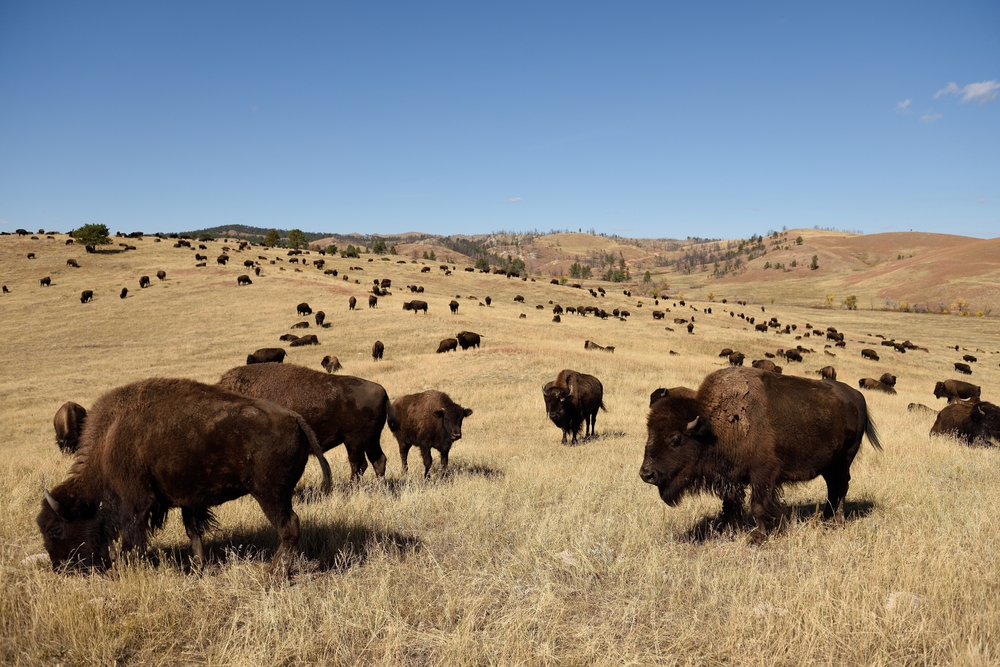
The American bison, often referred to as buffalo, is an iconic symbol of the Great Plains. These massive mammals are known for their unpredictable nature, capable of switching from serene grazing to a charging stampede in seconds. Despite their size and strength, bison are surprisingly agile, capable of reaching speeds up to 35 mph.
Their social behaviors are equally intriguing. Bison live in herds and exhibit complex social structures, with dominant bulls leading during the mating season. After nearly being hunted to extinction in the 19th century, conservation efforts have helped their populations recover in protected areas. Bison continue to play a crucial role in their ecosystems, shaping the landscapes they inhabit. Their story is a testament to the resilience of nature and the importance of conservation efforts in preserving iconic species.
10. The Remarkable Hellbender: An Amphibian Giant
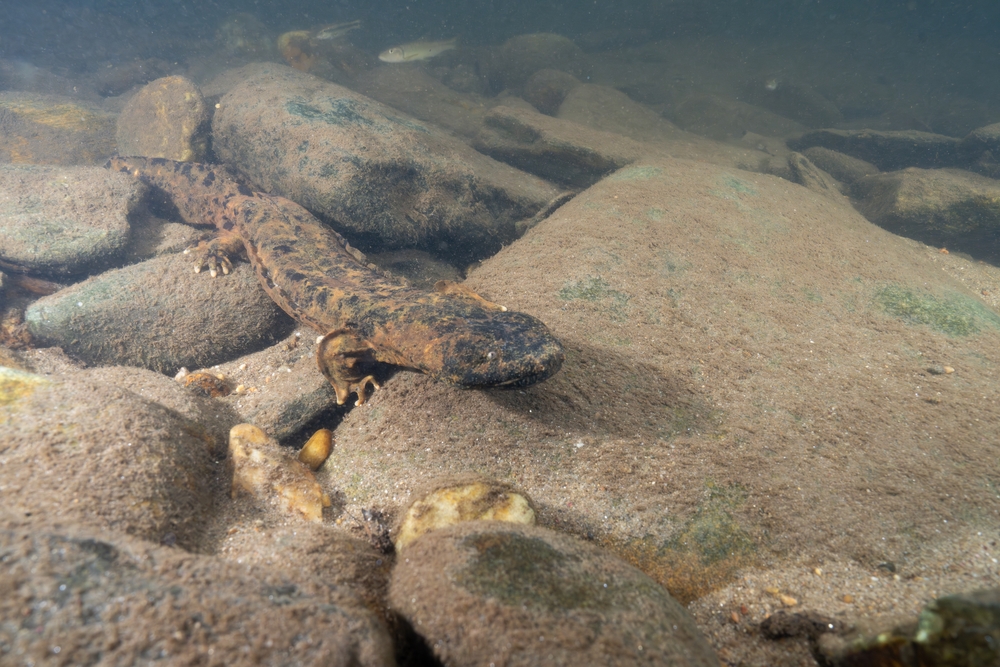
The hellbender, often referred to as the “snot otter” or “mud devil,” is the largest salamander in North America. These peculiar creatures can grow over two feet long and are found in fast-flowing, rocky streams in the eastern United States. Their wrinkled, slimy appearance might not win any beauty contests, but hellbenders are vital indicators of healthy aquatic environments.
Hellbenders have a unique respiratory system, relying primarily on cutaneous respiration, or “breathing” through their skin. This makes them highly sensitive to water quality, and their presence is a sign of a pristine ecosystem. Unfortunately, habitat destruction and pollution have led to declining populations, prompting conservation efforts to protect these ancient amphibians. The hellbender’s survival is crucial not only for biodiversity but also for the health of America’s freshwater habitats. Despite their less-than-flattering appearance, hellbenders are a reminder of the incredible diversity of life beneath the surface.
